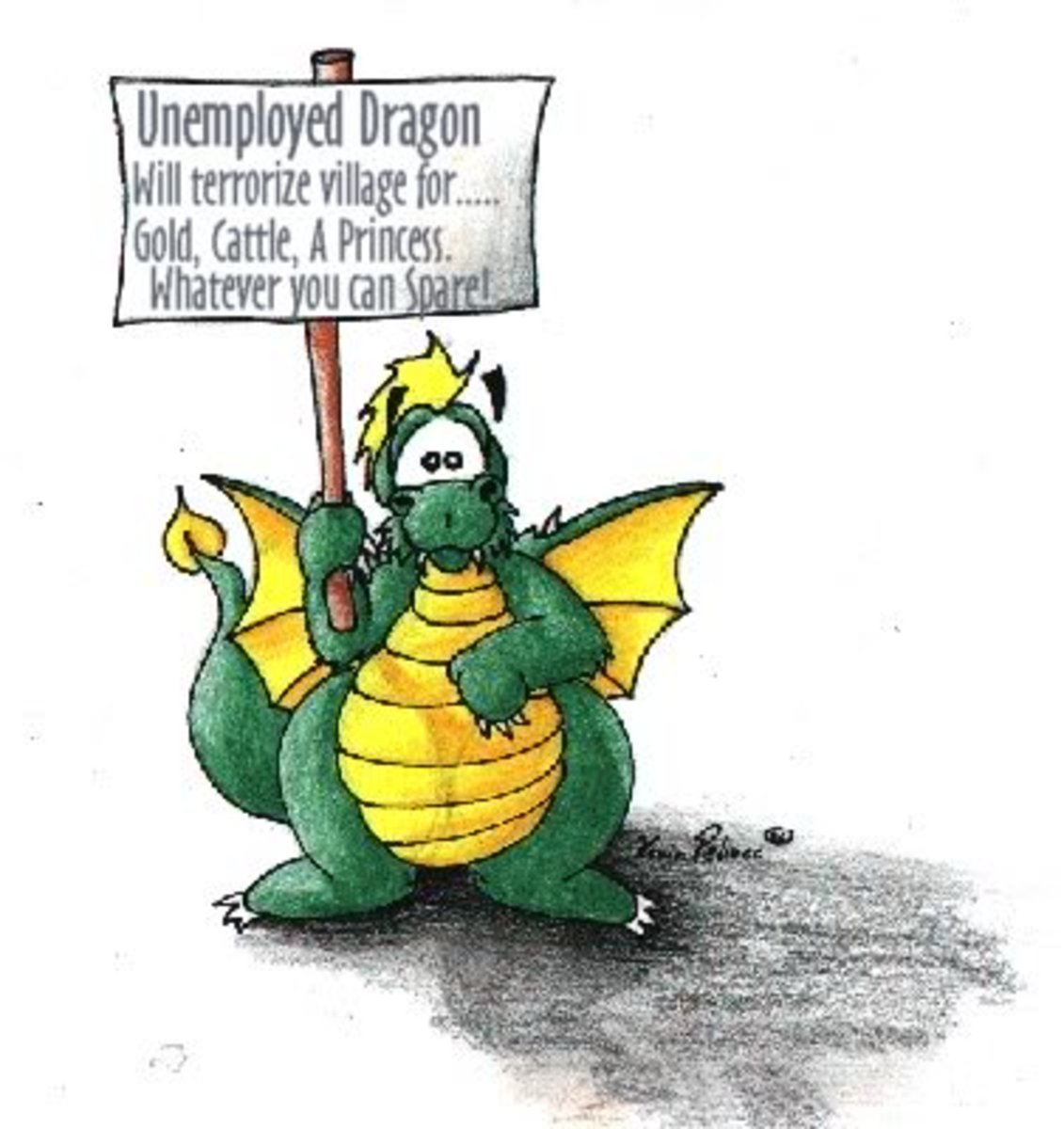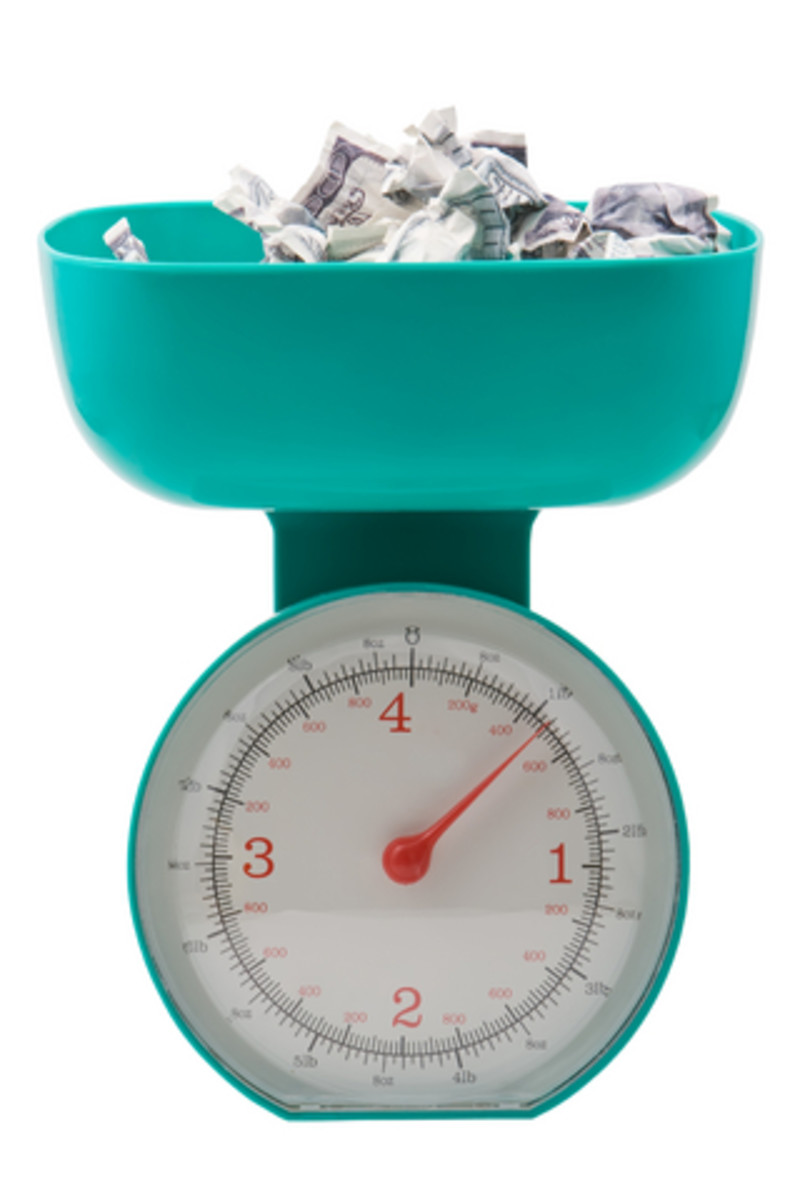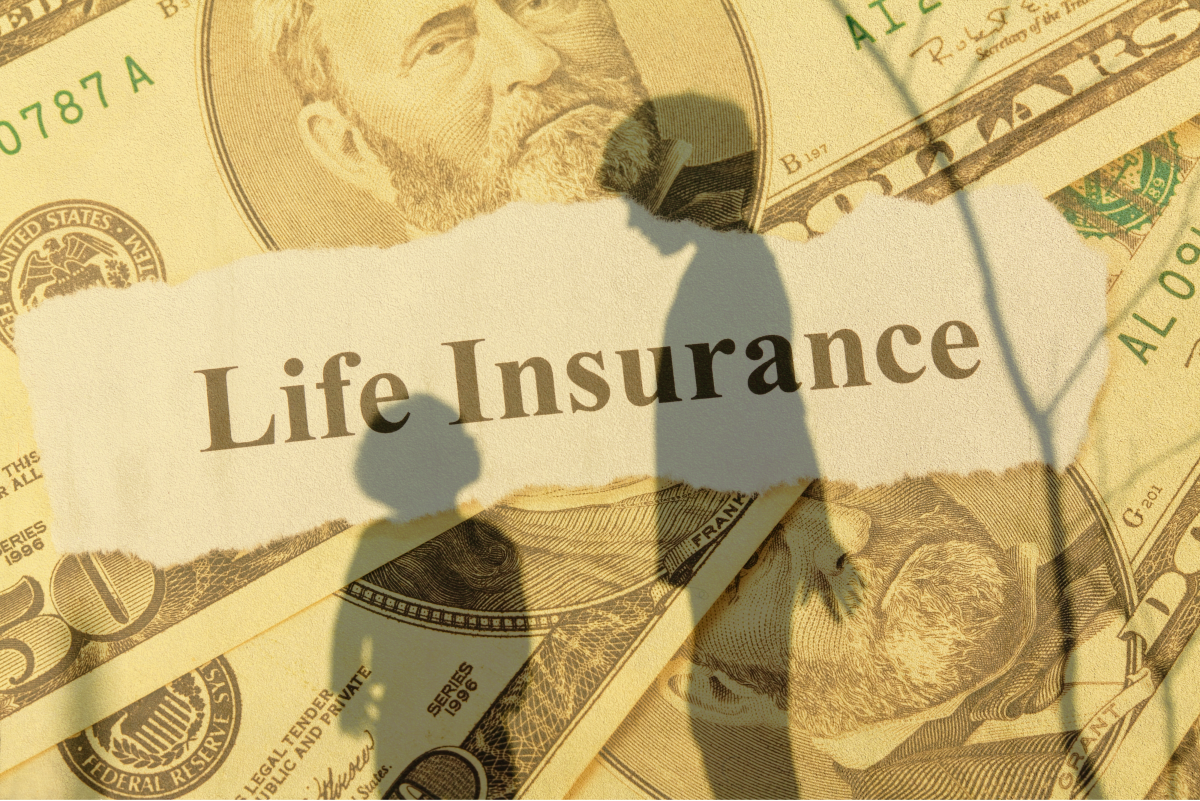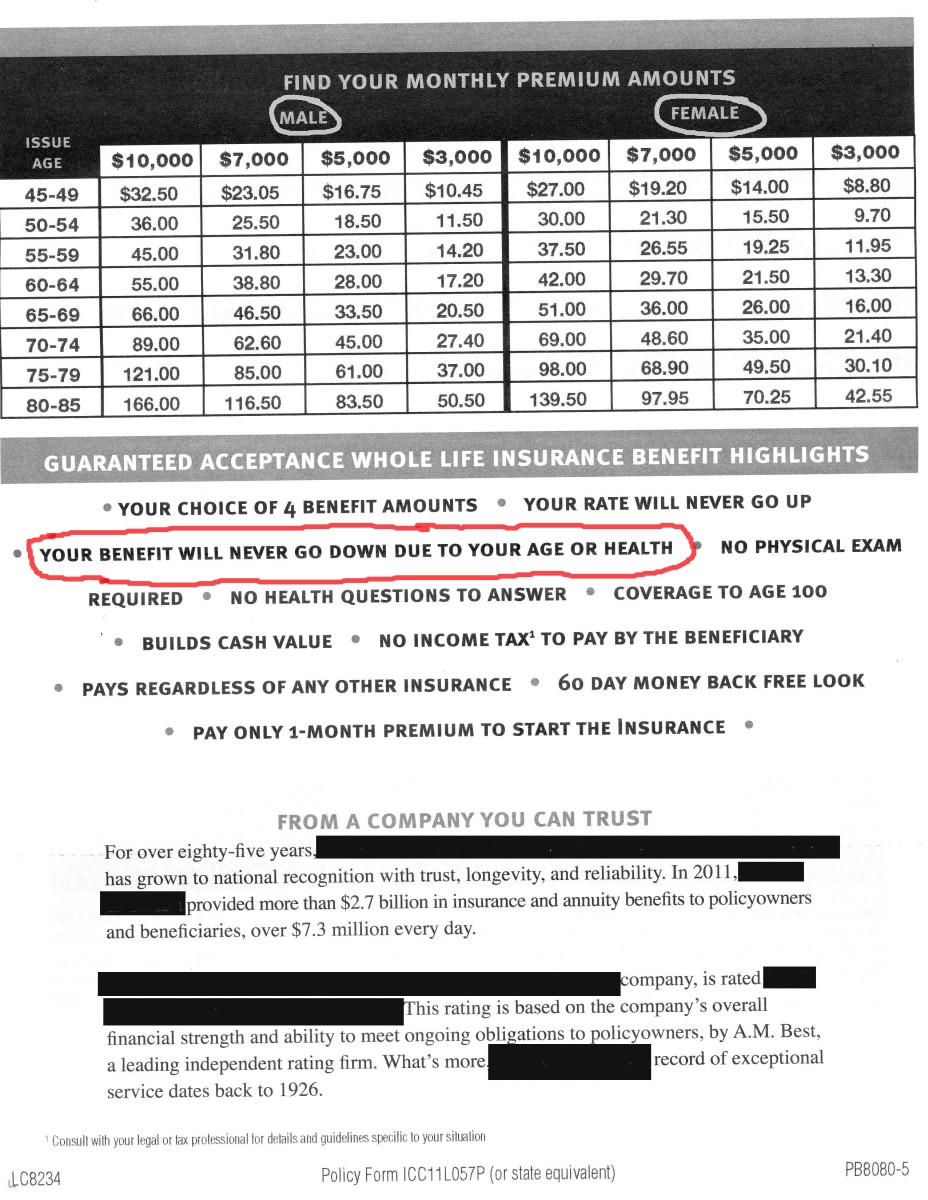What is Term Life Insurance Good for? And How Much do I Need?
What is Term Life Insurance Good for? And How Much do I Need?
What is Term Life Insurance Good for? And How Much do I Need?

What is Term Life Insurance?
Term life insurance is sometimes referred to as, temporary insurance. A term insurance policy will only remain in effect for a certain amount of years. Whether you purchase a ten-year, twenty-year, thirty-year, or even a forty-five-year policy, provided the premiums are paid, the policy will remain in effect for those years. Some companies offer riders to be attached to a policy. These riders include; return of premium, accelerated death benefit, cancer and even critical, terminal, or chronic condition benefit.
Living Benefits in a Term Policy?
There are a few insurance carriers that offer living benefits to the term policy. This allows for the client to draw from the death benefit, up to a certain percentage to cover for medical expenses, if diagnosed with a terminal, critical, of chronic illness or condition. Premiums for this type of term insurance is typically a little higher then traditional term insurance.
What Kind of Protection Will My Family Need?
A client can deem the protection to be whatever they need. Most commonly, a client will elect to either mortgage protection, family protection or income protection. Being the most common asset protected is the family. Some clients will choose a non-profit organization as a beneficiary to receive the benefit when the client dies. Some clients will leave their death benefit to their children or grandchildren to build an estate. This is called estate creation.
The dollar amount of the death benefit is left up to the client to decide. Mortgage protection is mostly the amount of the house mortgage or a big portion of it. Income protection is the annual salary, times how may years the client wants to protect their family from loss of income, most common protection is about four or five years. And then you sum up these dollar amounts into a term policy that will cover the remaining years leading up to retirement.
High Face Amounts!
A term policy will usually have a high face amount to cover these needs. The term policy rates are relatively low and affordable as compared to that of a traditional whole life policy.
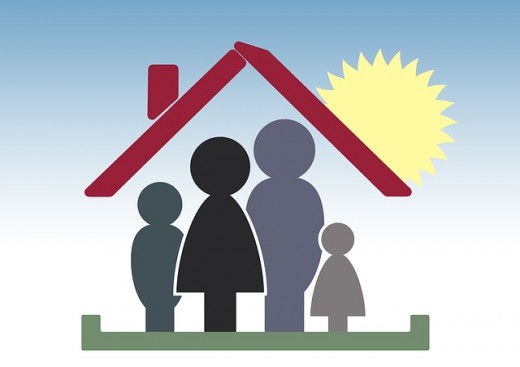
There are downsides to having a term life insurance policy.
The major downside or downsides rather, to having a term life insurance policy, the policy will not accrue a cash value. And if you outlive the policy, you will not have any life insurance coverage. Without a return of premium rider attached to the policy, the client wouldn’t have anything to show for it, having paid all those premiums, just to have nothing in the end.
The premiums are slightly higher for the return of premium rider. But, it is well worth it in the long run. If a client outlives the policy, at the very least they will receive their premiums back.
One thing to remember! Life Insurance is for the Beneficiary.
One thing to remember. Life insurance is not for the benefit of the insured. Life insurance is for the benefit of the beneficiary. The beneficiary most commonly is a spouse, close family member, close friend. But, sometimes a beneficiary could a non-profit organization.
Beneficiaries can choose from several options to receive payment if the insured passes away. The most common payout is the lump sum. There are not any taxes involved with the lump sum. If a beneficiary chooses any other type of payment other than a lump sum, there will be taxes on each portion of the payments. So, please choose your payment type wisely. I would suggest a lump sum, primarily because of the not having to pay taxes on the death benefit.
Disclaimer: It is not the intention for this article to sell a particular product or to endorse a product or company.


